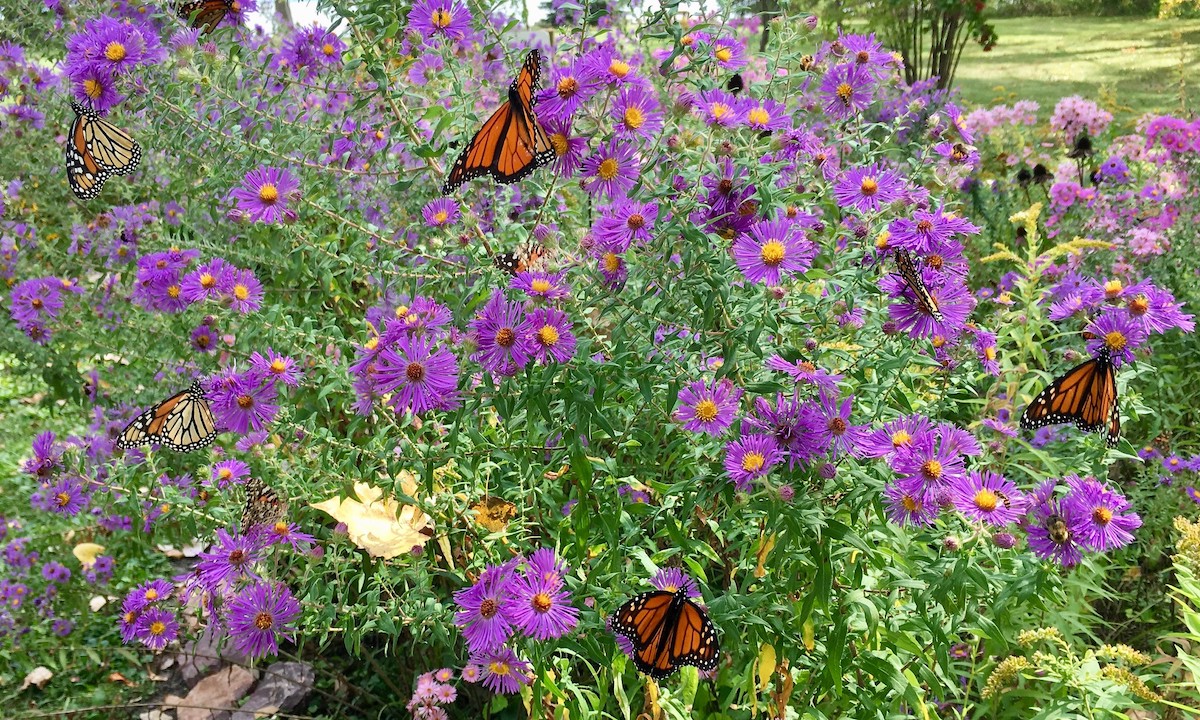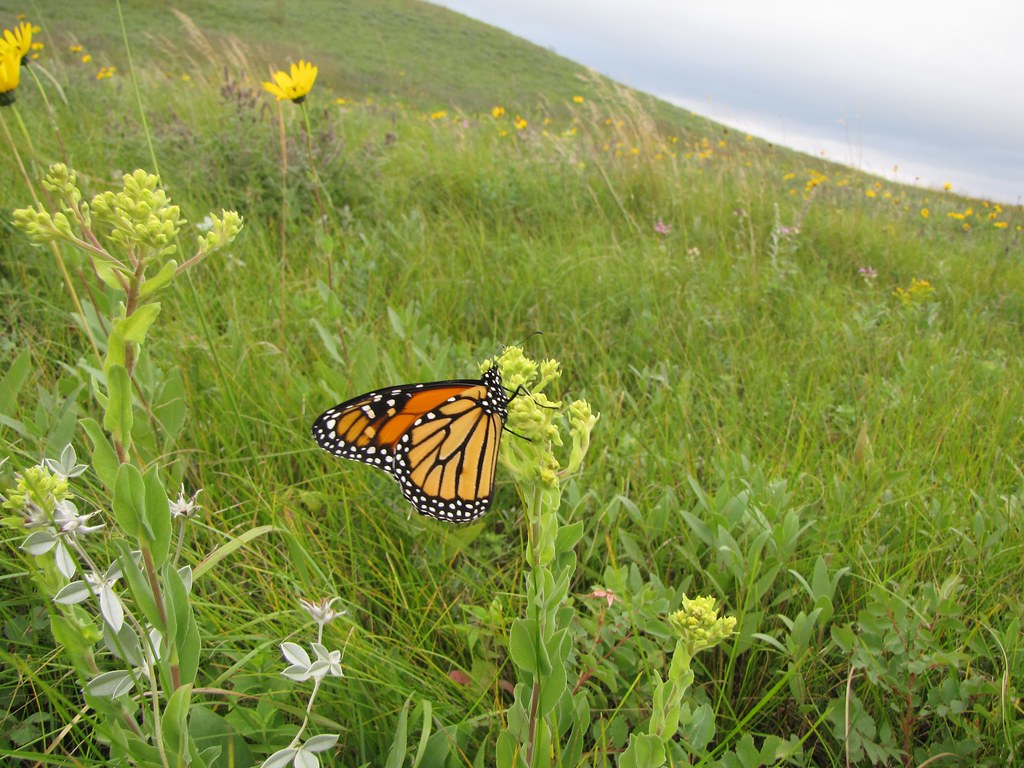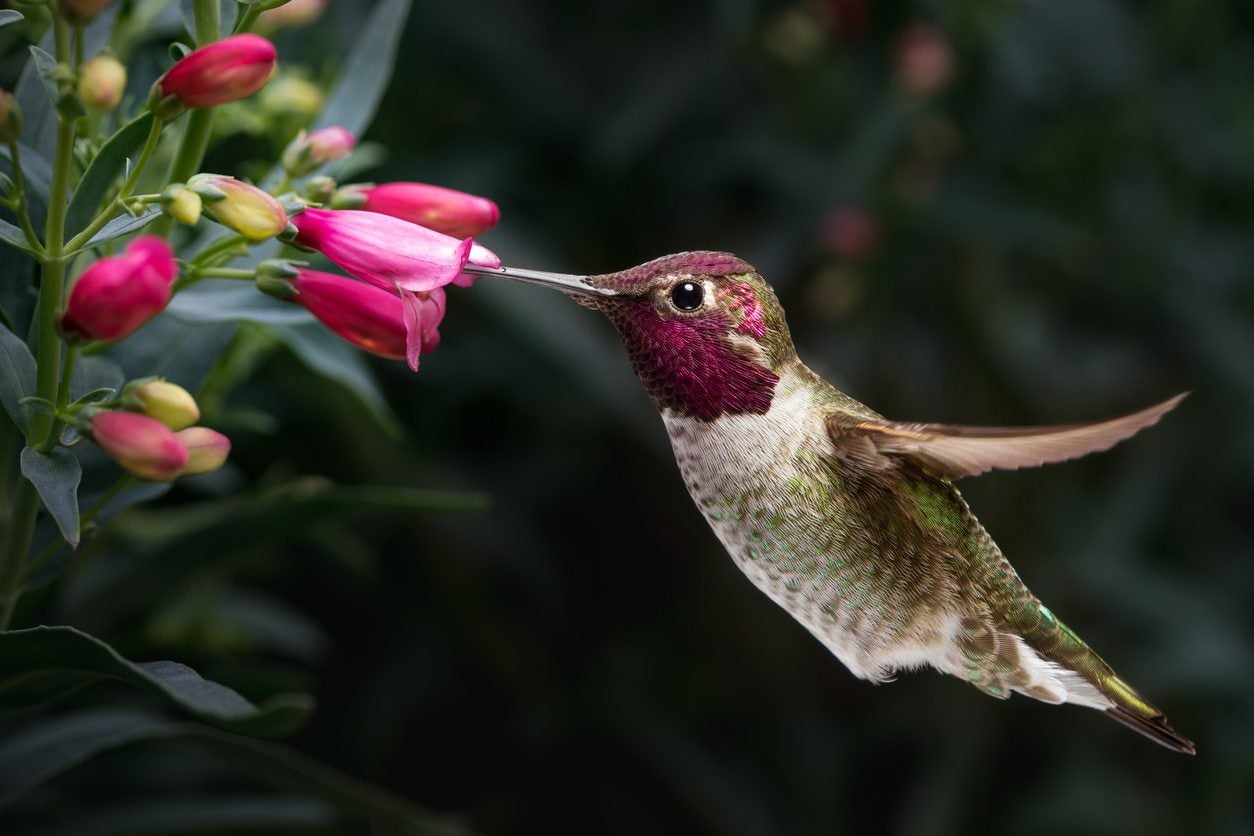How to Create a Butterfly-Friendly Garden: Step-by-Step

Imagine transforming your garden into a vibrant, fluttering haven for butterflies. Picture the delicate dance of these winged beauties as they gracefully glide from flower to flower, adding a touch of magic to your outdoor space. Creating a butterfly-friendly garden is not only a delightful way to enhance your landscape but also a meaningful contribution to the ecosystem. Let’s dive into the step-by-step process of designing a butterfly habitat that will attract a variety of butterfly species and provide them with the essentials they need to thrive.
Understanding Butterfly Habitat
Before we get our hands dirty, it’s important to understand what makes a garden butterfly-friendly. Butterflies need specific elements to survive and reproduce: nectar plants for food, host plants for laying eggs, and a safe environment free from pesticides. By providing these essentials, you can create a sanctuary that butterflies will love.
Step 1: Choose the Right Location
The first step in creating a butterfly-friendly garden is selecting the perfect spot. Butterflies prefer sunny areas with some protection from wind. Aim for a location that gets at least six hours of sunlight daily. This will ensure that your nectar plants flourish and provide ample food for your winged visitors.
Step 2: Selecting Nectar Plants
Nectar plants are the lifeblood of a butterfly-friendly garden. These plants provide the sugary liquid that butterflies need for energy. When choosing nectar plants, opt for a variety of colors and shapes to attract different butterfly species. Some popular nectar plants include:
- Asters: These late-blooming flowers are a favorite among many butterfly species.
- Butterfly Bush (Buddleia): Known for its long, cone-shaped clusters of flowers, this plant is a magnet for butterflies.
- Coneflowers (Echinacea): With their vibrant colors and large, daisy-like flowers, coneflowers are a must-have.
- Milkweed (Asclepias): This plant is crucial for monarch butterflies, as it is their primary food source.

Step 3: Incorporating Host Plants
Host plants are where butterflies lay their eggs and where their caterpillars feed. Each butterfly species has specific host plants that they prefer. By including a variety of host plants in your garden, you can support the entire life cycle of various butterfly species. Some common host plants include:
- Parsley and Dill: These herbs are favorites of the black swallowtail butterfly.
- Milkweed (Asclepias): As mentioned earlier, milkweed is essential for monarch butterflies.
- Fennel: This plant is a host for the anise swallowtail butterfly.
- Passionflower: This plant is a host for the gulf fritillary and zebra longwing butterflies.
Step 4: Designing Your Garden
Garden design plays a crucial role in creating a butterfly-friendly environment. Aim for a mix of heights and textures to create a visually appealing and functional space. Group plants together to create large patches of color, which are more attractive to butterflies. Include a variety of flower shapes and sizes to cater to different butterfly species.
Creating a Butterfly Puddling Area
Butterflies need a source of water and minerals. A puddling area is a shallow depression filled with water, sand, and a bit of compost. This mimics the natural puddles where butterflies gather to drink and absorb minerals. You can create a puddling area using a shallow dish or by digging a small depression in the ground.
Step 5: Maintaining Your Butterfly Garden
Regular maintenance is key to keeping your butterfly garden thriving. Avoid using pesticides, as they can be harmful to butterflies. Instead, opt for natural pest control methods. Regularly deadhead flowers to encourage continuous blooming, and keep your garden free from weeds and debris.
Step 6: Observing and Enjoying Your Butterfly Garden
Once your garden is established, take the time to observe and enjoy the butterflies that visit. Keep a journal of the species you see and note their behaviors. This can be a rewarding and educational experience for both you and your family.

Conclusion
Creating a butterfly-friendly garden is a rewarding endeavor that not only beautifies your outdoor space but also supports local ecosystems. By selecting the right location, incorporating a variety of nectar and host plants, designing an attractive garden, and maintaining it with care, you can create a haven for butterflies. So, why not take the first step today and transform your garden into a vibrant, fluttering oasis?
FAQs
What are the best nectar plants for attracting butterflies? Some of the best nectar plants include asters, butterfly bush, coneflowers, and milkweed. These plants provide the sugary liquid that butterflies need for energy.
Why are host plants important in a butterfly garden? Host plants are essential because they are where butterflies lay their eggs and where their caterpillars feed. Each butterfly species has specific host plants that they prefer.
How can I create a puddling area for butterflies? A puddling area can be created using a shallow dish or by digging a small depression in the ground. Fill it with water, sand, and a bit of compost to mimic natural puddles where butterflies gather to drink and absorb minerals.
Should I use pesticides in my butterfly garden? No, pesticides can be harmful to butterflies. Opt for natural pest control methods to keep your garden healthy and safe for butterflies.
How can I attract a variety of butterfly species to my garden? By including a variety of nectar and host plants, you can attract different butterfly species. Aim for a mix of flower shapes, sizes, and colors to cater to the diverse needs of various butterflies.
0 Response to "How to Create a Butterfly-Friendly Garden: Step-by-Step"
Post a Comment